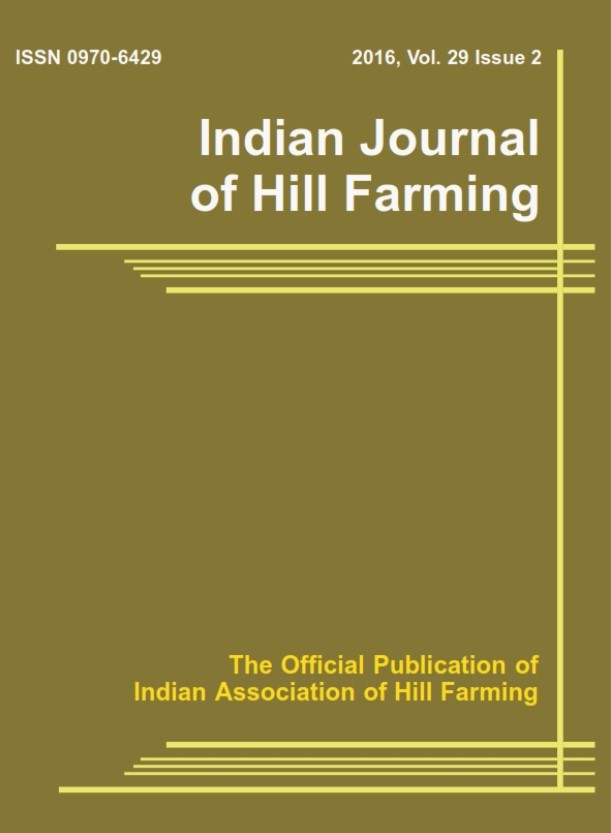Temporal trend and statistical analysis of monthly, seasonal and annual rainfall in Silchar, Assam
DOI:
https://doi.org/10.56678/Keywords:
Mann-Kendall Test; rainfall anomaly index; standardized precipitation index; Sen’s Slope Estimator; trend analysisAbstract
Effective planning for water harvesting, irrigation management, hydrorelated projects, and resolving climate change challenges requires an understanding of patterns in climatic factors, such as rainfall. This study uses Sen's Slope and the Mann-Kendall test to determine statistical significance in its temporal trend analysis of monthly, seasonal, and annual rainfall in Silchar, Assam. The results show a distinct upward trend in yearly precipitation over the research period, with a Z value of +4.83 and a magnitude of +56.05 mm/year. Significant rising trends were noted for the months of May through August, with June showing the largest shift at +13.40 mm/year. Furthermore, the data shows that the pattern significantly intensifies before and after the monsoon season. A decreasing pattern in rainfall was identified over the 37-year period from 1984 to 2021. The Rainfall Anomaly Index (RAI) and the Standardized Precipitation Index (SPI) were used to measure the frequency of dry and wet years in order to further characterize the rainfall patterns. During the study period, there were years that were moderately to excessively wet, as indicated by both SPI and RAI. No exceptionally or severely dry periods were found, but during the research years, there were more dry periods than rainy ones. June produced the biggest percentage of annual rainfall (18.39%), while January contributed the lowest percentage (0.30%), according to a comprehensive statistical examination of monthly rainfall. The monsoon season had the highest percentage of yearly precipitation (63.51%). These findings have important ramifications for the management of agricultural water resources and water resources in general. They also offer important information for strategic planning and adaptation strategies in the face of changing climate circumstances.Downloads
Published
2023-03-31
Issue
Section
Articles
License
Copyright (c) 2024 Florence Akangle Panme, Laxmi Narayan Sethi, Chetan Baliram Khobragade (Author)

This work is licensed under a Creative Commons Attribution-NonCommercial-NoDerivatives 4.0 International License.
How to Cite
Temporal trend and statistical analysis of monthly, seasonal and annual rainfall in Silchar,
Assam. (2023). Indian Journal of Hill Farming, 37(01), 100-114. https://doi.org/10.56678/




